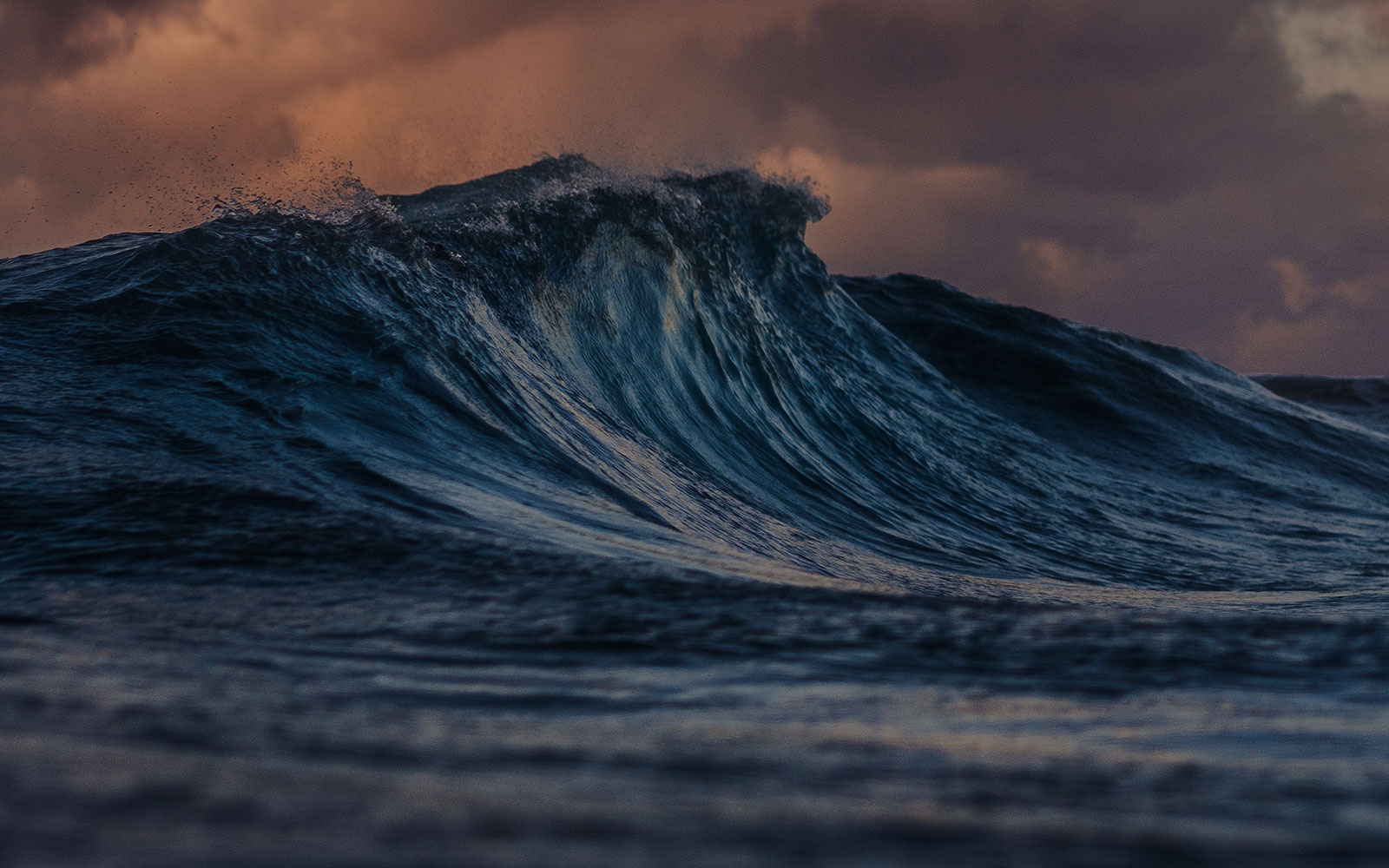
The importance and value of “provisioning fisheries” in the Great Lakes
Around bridges, shores, and piers, people often observe new citizens or racial minority groups fishing year-round and keeping everything they catch because they rely on fishing as an important source of nutrition. It may also be part of their identity or a sense of belonging in a new place. However, this is often hearsay and very little research has been dedicated to better understand this sub-population in order to better support their needs and preferences, and promote more inclusive fisheries management practices.
The Human Dimensions of Shore-Based Sharking Fishing in Florida
Fishing involves high levels of human-wildlife interaction and may sometimes be harmful to vulnerable species such as the Great hammerhead shark. Shore-based shark fishing can occur from any shoreline and is very accessible to diverse people. It is thus important to understand who participates in this fishery – their behaviours, motivations, perceptions – so we can support promotion of best practices and conservation of vulnerable species.
Perceptions of Pink Salmon as Non-native Species in Norwegian Rivers
Non-native pink salmon have started to spread into Norwegian rivers potentially competing with culturally and economically important native species such as the Atlantic salmon, and disrupting recreational fisheries that supports economic growth for small communities. In partnership with NORCE, we aim to understand angler perceptions, preferences, and behaviours relative to potential increases of pink salmon in the future in order to provide recommendations for fisheries management.
Sea Lamprey Management - 3I (Indigenous, Input & Inclusion)
In the case of sea lamprey control in the Great Lakes, anecdotal evidence from regulators, scientists, representatives of advocacy groups, and members of Indigenous communities suggests that a good deal of skepticism and opposition to existing control methods is present within Indigenous communities, and that this may pose a serious challenge to sea lamprey control efforts in the near and long terms. Working in direct and ethical partnership with Indigenous communities, we hope to bring Indigenous methodologies and perspective to inform ongoing sea lamprey controls.

